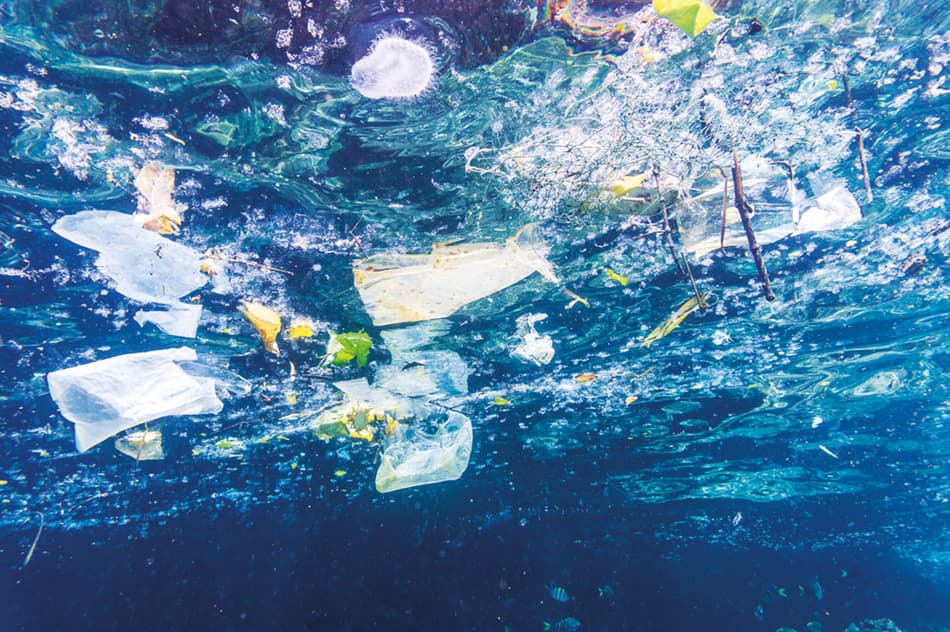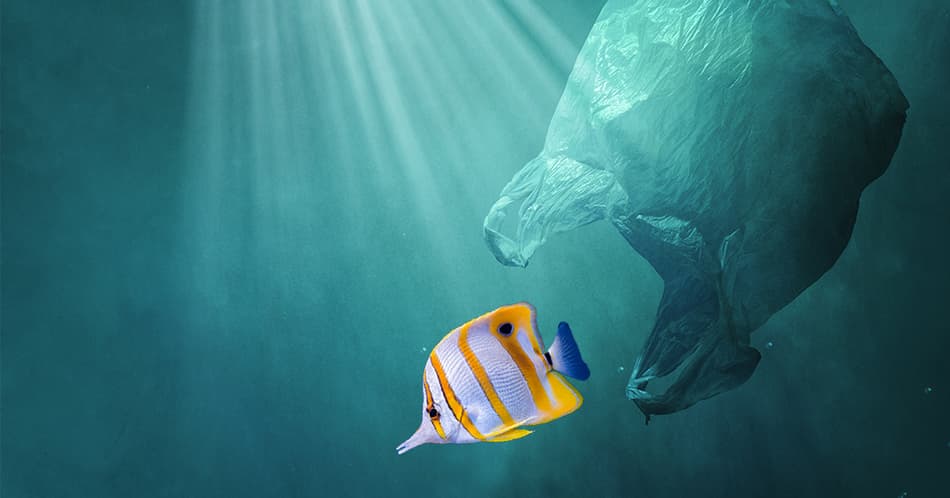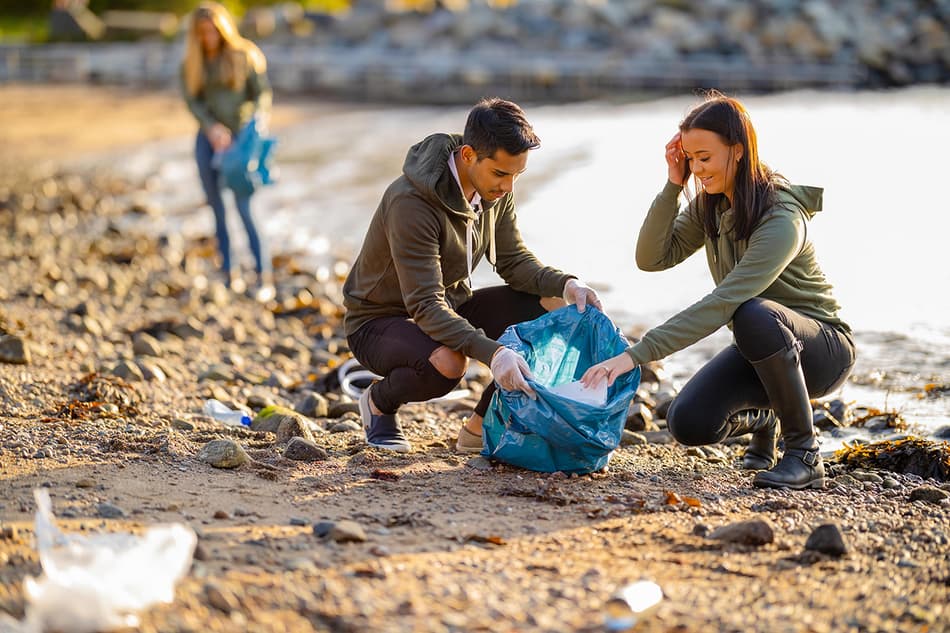Facing 2 realities: paradise oceans vs plastic soup
Gigantic bodies surrounding our continents, making up 70% of the earth and, within its 1.34 billion cubic kilometers of water, providing not only habitat for marine life but also necessary resources for civilization and industry: our oceans. It is not only a once-so-scenic place where we like to spend our vacation, it is more. It is a source we, as well as marine life and the whole economy rely on and which needs to be thoroughly taken care of and maintained. Today’s World Water Day is a good enough reason to shift focus on the essential waters, which are the reflection of climate change and increasingly suffering from human action.

We can’t afford to wait
The oceans are home to millions of water animals. Home, as defined as place of origin or a place giving you a feeling of belonging, has no longer the same meaning for marine life as it had decades ago. People who used to visit foreign lands to enjoy the beauty of nature, clear blue waters to snorkel and bath, now often find plastic objects right next to them when sunbathing on the beach and swimming in the water. Many of these previously gorgeous places and beaches are now gone and an accumulation zone of waste.
Looking at our oceans and various research conducted reveal that humans are increasingly harming our vital waters: increases in greenhouse gas consumption inevitably accelerates global warming and rising sea levels, discarded fishing nets and marine litter lethally endangering marine life – just to name a few examples.
The largest offshore plastic accumulation zone is the well-known Great Pacific Garbage Patch. Situated in the North Pacific between Hawaii and California, it covers an estimated space of 1,6 million square kilometers and is home to macro- and micro plastics covering the whole patch area, making it especially dangerous for marine life and animals that depend on food from the sea. Imagine being an albatross looking out for your next dinner which usually consists of squid or schooling fish. You’d screen the Great Pacific Garbage Patch for food, which on the first sight looks very promising from above with all the alleged prey swimming on top. A second glance would reveal the truth. Focused, you approach the water and grab what looks like a fish. Once you have caught the fish, there are two possible scenarios: either you feed the caught prey to your hungry chicks, whose organs can be fatally injured by the sharp plastic object, or you realize in time that you have not caught a fish but a piece of plastic. In this case, you classify the prey as inedible and start looking for food again. But as you will have only little chance to find appropriate and sufficient food in the Great Pacific Garbage Patch, your chicks will most likely starve to death.

Dinner or the plastic soup in front of us
Imagine this happening to fish, who mistake plastic as plankton and swallow tiny pieces of it. As a natural process, they are fished and find themselves in a supermarket shelf before being sold to us, the hungry citizen who later prepares a fish soup with an unknowingly added flavor of plastics. At dinner, we find a plastic soup just in front of us and we are savoring every single spoon of it. The result of plastics ending up in the oceans: it inevitably finds its way in the human food chain.
Call for action
Over the last decades, plastic became a mass product, its production rates shot up unprecedentedly and totaled to around 359 million tons worldwide in 2018. These figures are not surprising as plastic is a durable, lightweight and inexpensive material. It moreover plays an important role for the medical industry: disposable blood bags, protective gloves, artificial limbs are items made of plastic and critical for reducing the risk of infection. Both its importance in the medical industry as well as its capability to conserve food proves to be vital in the current Corona pandemic. In this respect, plastic is now doing an indispensable job that no other material could do in the same way. In total, there are various advantages of plastics, but the most important one is dedicated in its recyclability.

There a quite a lot of initiatives in place that help freeing nature from littler, such as ocean clean ups. But addressing the ocean pollution crisis by widespread ocean clean-ups is not enough and only a short-term solution. In the long-term, the way plastics are produced, consumed and disposed of must be changed, a shift to a circular economy and away from the currently practiced make-take-dispose model of economy be realized - an important but complex process that requires cooperation between stakeholders along the entire value chain, including policy makers.
The Alliance to End Plastic Waste for example brings together key stakeholders to jointly develop solutions to end plastic waste.
Another initiative, The New Plastics Economy aims at sparking a wave of action and innovation to accelerate the transition to a circular economy. Besides various initiatives and organizations, policy makers have become active, as well. In 2019, the increasing volume of marine litter incentivized the EU to curb ocean pollution and implement a law banning the top 10 single-use plastics most often found on European beaches from 2021. The ban on single-use plastics includes plastics items such as cutlery, plates, straws etc. for which alternatives already exist on the market. These regulations in combination with existing collection systems, recycling technologies and individual action can make a difference and play a key role in turning our oceans to the blue beauty surrounding our continents and providing living space for marine life again.
The debris is clearly visible and trackable – there is no option to continue closing our eyes. We must start seeing plastics production, consumption, disposal and its subsequent management through a circular lens. Together, we can make a change!
